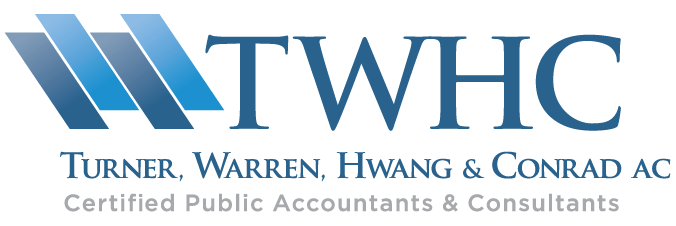How to Monetize Receivables When Payors Are Slow
Many business owners encounter difficulties obtaining prompt payment from customers. Such situations can make it hard for a company to turn a profit or even keep up with its expenses.
When things get really tough, you might want to consider monetizing your receivables. Doing so is far from an ideal first step to remedying slow cash flow, but the strategy may be feasible under some circumstances.
Take Out a Loan
Along with equipment and property, unpaid invoices can provide banks with collateral for a line of credit. This form of secured borrowing is typically an ongoing arrangement that allows a company to leverage receivables from the moment they’re issued.
Banks and other financial institutions typically charge both fees and interest for securitized receivables, which remain an asset of the borrower. These invoice-financing arrangements may provide immediate loans for a substantial percentage of the value of outstanding debt and are typically paid back when the customer pays its bill. Each financial institution sets its own rates and conditions for these loans, which often depend on criteria such as your:
- Overall financial situation,
- Customer mix,
- Annual revenues, and
- Collection history.
For example, say a longstanding company with $10 million in annual revenue couldn’t make payroll after two of its biggest clients wait 90 days to pay outstanding invoices.
Looking to prevent this cash flow crunch in the future, the business owner met with a local banker, who was able to extend a $180,000 line of credit at a competitive interest rate. To secure the loan, the company was required to put up $200,000 in unpaid invoices as collateral and then pay back the loan, plus fees and interest, once customers remitted payments.
Try Factoring
Another option for businesses looking to ease their cash flow woes is the sale of unpaid — but not yet delinquent — invoices to financial firms specializing in accounts receivable “factoring.” Rather than obtaining a short-term loan for unpaid invoices, factoring allows companies to receive an immediate cash payment through the sale of the receivable to a third party.
Costs associated with receivables factoring can be much higher than those for collateral-based loans or other forms of traditional commercial bank financing. What’s more, factoring providers will likely scrutinize the creditworthiness of your customers. Still, particularly for smaller businesses, selling receivables for upfront cash may be advantageous because it reduces the burden on accounting staff and saves time.
For instance, a small business faced cash flow issues because, increasingly, many of its customers were waiting up to 90 days to pay their bills. As a result, the company’s owner routinely used a high-interest-rate credit card to make payroll and spent at least five business days a month chasing down late bills.
Finally, the owner sold off about $200,000 of its annual receivables to an online factoring firm. Doing so saved him about 1,000 labor hours annually and enabled him to lower his high-interest credit card payments — all while considerably easing cash flow concerns.
The Right Call
Ideally, business owners should manage their cash flows so that revenue from receivables goes where it belongs — to the company. There are major risks to monetizing receivables too often or even doing it once at the wrong time. Work closely with your CPA to determine whether it’s the right call for your business.





